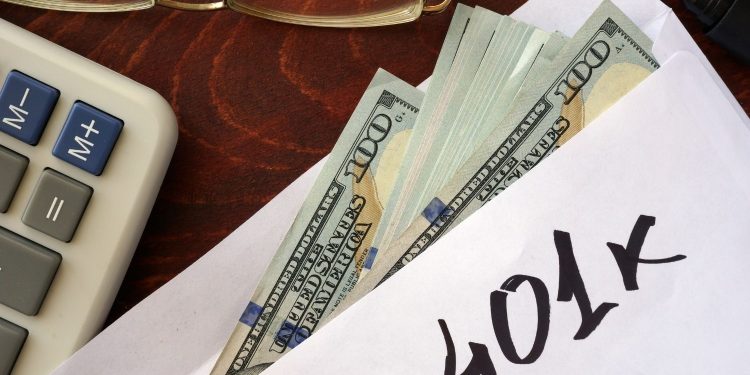Don’t be content to let your 401(k) operate in the background. Maximize your 401(k) contributions and consolidate old accounts with these pointers.
Content :
The 401(k) pension plan allows employees to build tax-deferred savings for retirement, sometimes even with matching employer contributions to bolster your fund. For many busy workers, their 401(k) simply operates in the background, gradually accruing money while you work. By taking a more constructive role in your 401(k), you can build for an even more comfortable retirement, whether by reconfiguring tax burdens or preventing your account from an old job from going to waste. Here’s how to get more from your 401(k) for a brighter future.
Diversify Your Holdings
When it comes to 401(k) plans, most investors like to play it safe. They elect a conservative allocation based around the ever-stable bond market. In many respects, this is the right thing to do—betting entirely that the stock market’s volatility will break your way, more often than not, can be much riskier than it is rewarding. However, that doesn’t mean that you can’t allocate a little bit of your money into less staid instruments than bonds. As your 401(k) grows, begin considering stocks and other commodities as part of your portfolio.
Invest in a Roth 401(k)
The introduction of the Roth IRA made investing for retirement much more alluring to the middle class by promising tax-free withdrawals in exchange for after-tax contributions. In 2006, Congress revised the Internal Revenue Code to allow a similar reversal for 401(k) plans, which they also named in tribute to the late Senator William Roth of Delaware, who introduced the original after-tax IRA. If you expect your career trajectory to be a sharp incline, bet on yourself with a Roth 401(k) that will afford you some very generous income tax breaks in your golden years.
Roll an Old One Over To a Self-Directed IRA
Let’s face it: the days of working for one company until retirement are just about over. Not only are workplace changes common, but entire career changes are common, too. As we move about the marketplace, we leave old 401(k) plans behind. The easiest and most common way that erstwhile employees wind down these investments is simply to cash them out—the payroll department will mail a check for the balance of the account minus the 10 percent early-withdrawal penalty and withholdings for expected taxes. However, by rolling it over to a self-directed IRA, you can get more from your 401(k), save on fees and keep that money growing for retirement. Moreover, the freedoms of a self-directed IRA can enable you to invest in new avenues, such as cryptocurrency and promissory notes, thereby diversifying your account.




